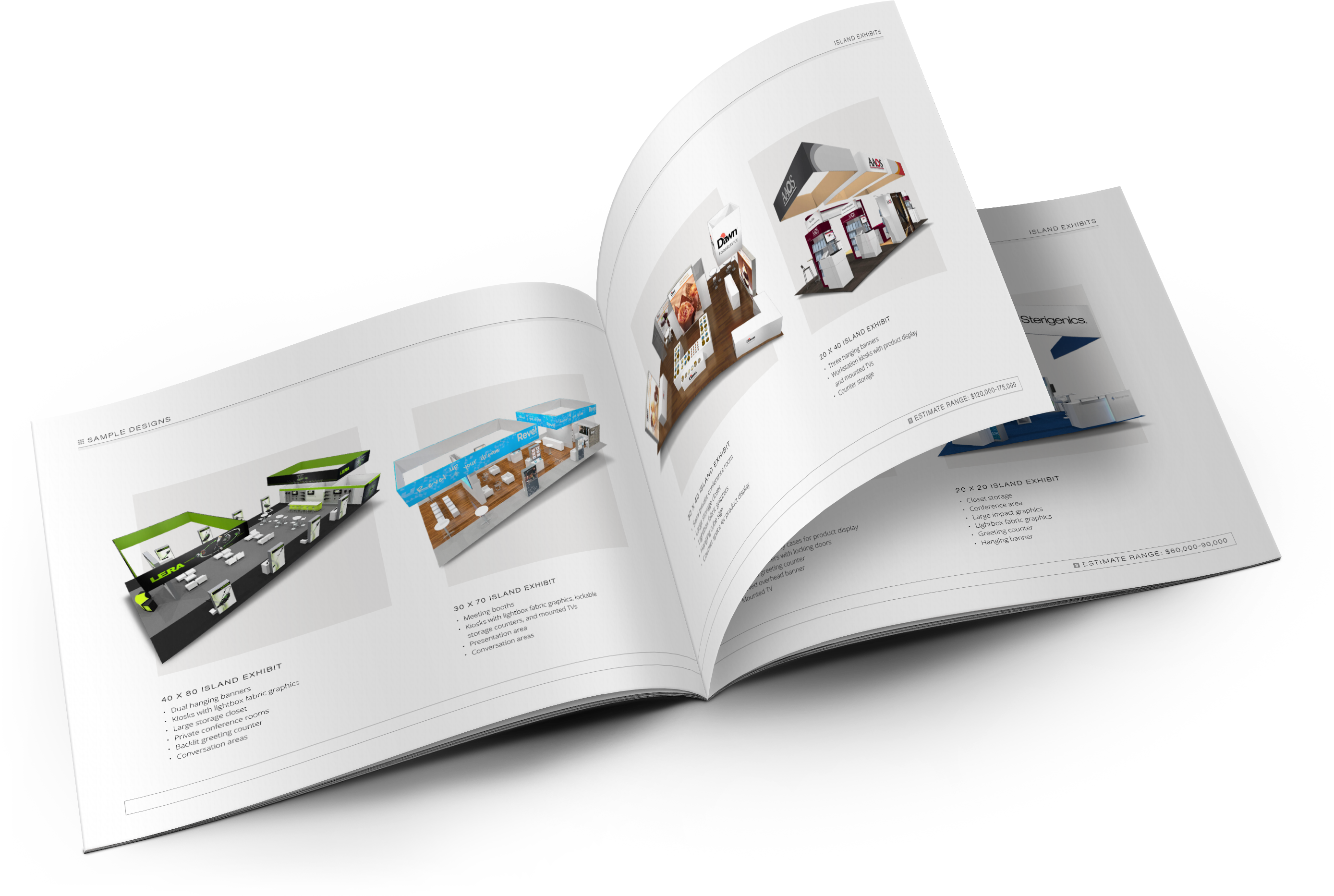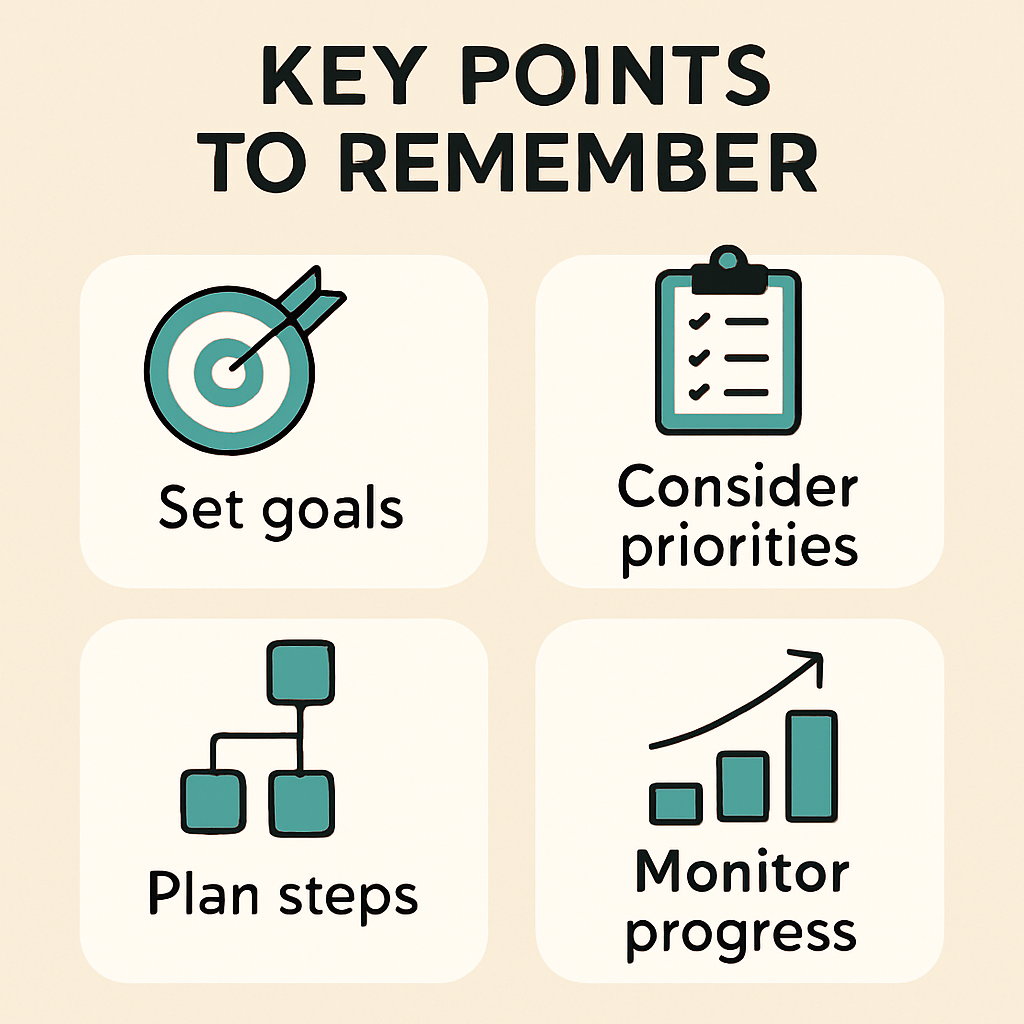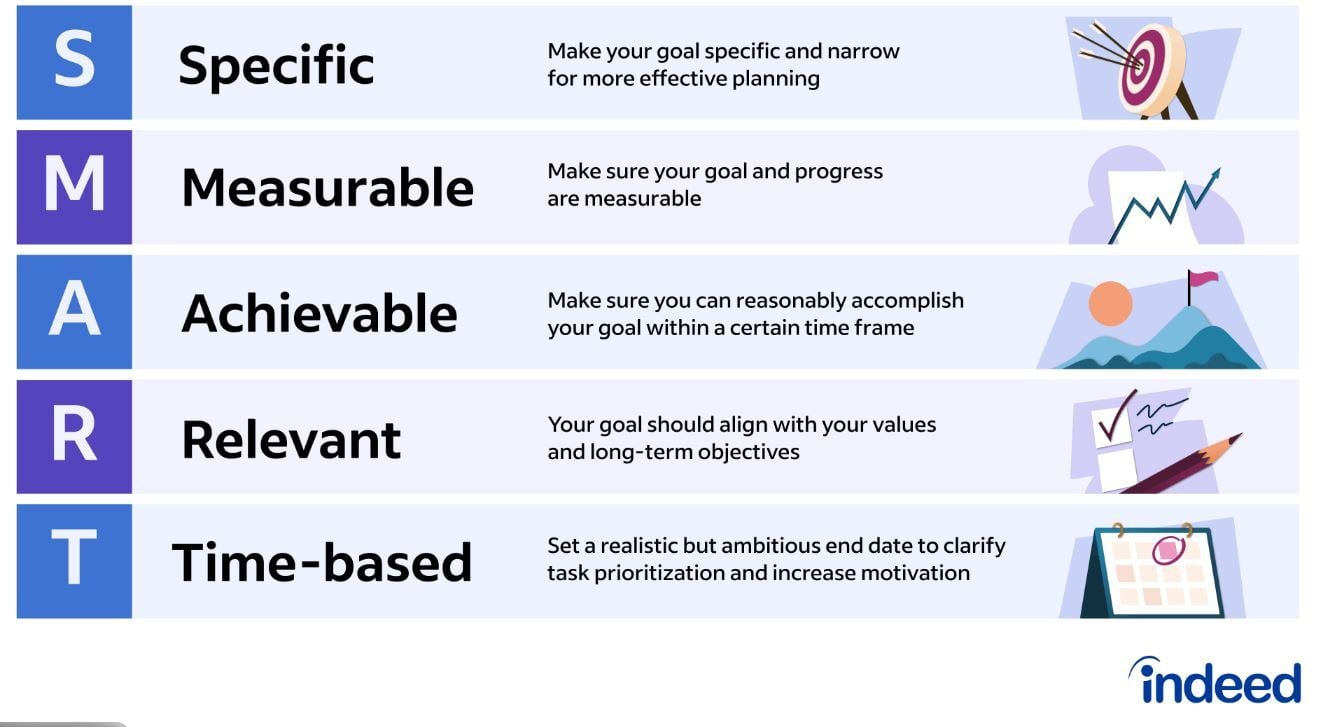Before committing to an exhibit space contract, take time to clarify several essential points that impact your success. Start by defining your overall objectives for the event—are you seeking to generate qualified leads, launch a new product, or strengthen brand awareness? Identify the specific audience segments you want to engage, such as decision-makers, influencers, or prospective partners within your industry. Articulate the key messages and unique value propositions you want to deliver on the show floor, ensuring they resonate with your target audience and align with broader marketing initiatives. By collaborating with your internal stakeholders and confirming everyone’s understanding of these goals, you'll maximize the return on your investment, set clear benchmarks for success, and establish a strong, cohesive brand presence at the event.
Clarifying your purpose for attending
It’s essential to pinpoint exactly why your company is exhibiting at this particular show. Are you aiming to expand into new markets, cultivate relationships with key prospects, showcase innovations, or position your brand as an industry leader? Define your primary objectives—whether that’s increasing lead generation, building strategic partnerships, accelerating the launch of a new service, or driving market awareness. Clearly outlining your purpose will sharpen your strategy, guide your pre-show communications, and help your team focus on outcomes that truly move the needle. This intentional approach not only ensures your booth presence aligns with your business priorities, but also allows you to measure real success and adapt quickly in today’s competitive event landscape.
The audience segments you aim to connect with
The audience segments you aim to connect with are fundamental to your event strategy. Consider the full spectrum of attendees you want to reach—not just decision-makers, but also influencers, technical evaluators, end-users, industry analysts, and potential partners. Segmenting your audience allows you to craft tailored messaging and experiences for each group, ensuring your communications resonate and drive meaningful engagement. Whether you're targeting C-suite executives seeking innovative solutions, procurement teams comparing vendors, or marketing professionals looking for creative inspiration, understanding these distinct segments helps you prioritize outreach, allocate resources efficiently, and design booth activities that speak directly to each group’s unique motivations. This focused approach positions your brand to stand out, sustain conversations beyond the show, and ultimately convert interest into measurable results.
Your event goals and desired outcomes
Clarify what tangible results you want to achieve by exhibiting—whether it’s collecting a targeted number of qualified leads, scheduling valuable meetings with high-potential prospects, launching a new product or service, or elevating your brand’s influence in a competitive sector. Determine how success will be measured: Is your team aiming for post-show sales growth, increased digital engagement, or a set number of new partnerships? Establish clear, actionable objectives that align with your overall business strategy—such as expanding into new geographic markets, capturing share from competitors, or deepening relationships with existing clients. By specifying outcomes like attendee touchpoints, demo participation, or media mentions, you can focus your resources on activities that drive maximum ROI and ensure every detail of your booth experience is tailored to further those goals.
If you find that you cannot confidently address these foundational questions, it’s a strong indicator to pause and reevaluate your investment in that particular trade show. Without clear objectives and a defined event strategy, your participation risks becoming a costly endeavor with limited return. Instead, take this as an opportunity to reassess—are there other shows or marketing channels that better align with your audience and goals? Redirecting your efforts toward more strategically targeted events or integrated campaigns can significantly increase your overall impact, optimize resource allocation, and ensure that every marketing dollar contributes to measurable business growth. Staying intentional in your choices safeguards your return on investment and positions your brand for ongoing success within the evolving event landscape.
In summary, making an informed decision before committing to a trade show is more than a routine checkbox—it’s a cornerstone of a results-driven event strategy. When you thoroughly assess your objectives, understand the needs of your audience, and set measurable outcomes, you empower your team to plan with confidence, align your resources, and drive genuine value at every event. Thoughtful preparation not only maximizes your return on investment but also unlocks opportunities to build lasting connections, distinguish your brand on the show floor, and advance your larger business mission. As you navigate the dynamic world of trade shows, approach each opportunity with clarity, creativity, and a strategic mindset. The brands that excel are those that turn preparation into competitive advantage—start strong, stay focused, and make every event count.






